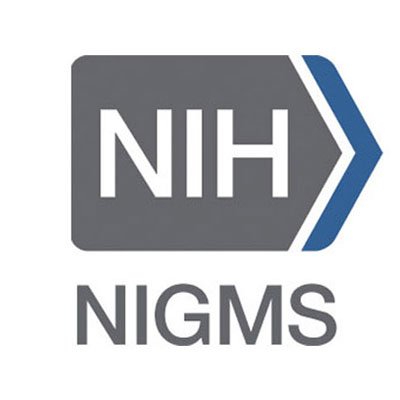PeptideAtlas: Home Overview Contacts Publications Software Database Schema Feedback Funding FAQ
Related: SRMAtlas PASSEL SWATHAtlas
Spectral Libs: Libraries + Info SpectraST Search
Glossary/Terms: Atlas nomenclature Protein ID terms
LOG IN

| 1 | datasets |
| 35 | experiments |
| 13,151,956 | PSMs |
| 81,967 | distinct peptides |
| 911 | canonical proteins |
The Borrelia burgdorferi PeptideAtlas provides a compendium of results from uniformly reprocessed mass spectrometry proteomics datasets.
Available datasets from 3 different isolates (B31, MM1, and B31-5A4) of Borrelia burgdorferi were reprocessed from MS raw files using the Trans-Proteomic Pipeline suite of tools.
A publication describing the Borrelia burgdorferi PeptideAtlas build is in progress. For now, please just reference this URL, and check back later for a citation.



This work was funded in part by the National Institutes of Health grants from the National Institutes of Health, National Institute of Allergy and Infectious Diseases (NIAID) R21AI142302 and R21AI133335, National Institute for General Medical Sciences (NIGMS) R01GM087221, the Office of the Director S10OD026936, and the National Science Foundation award 1920268.
We thank the Wilke Family Foundation and the Steven and Alexandra Cohen Foundation for generous support.